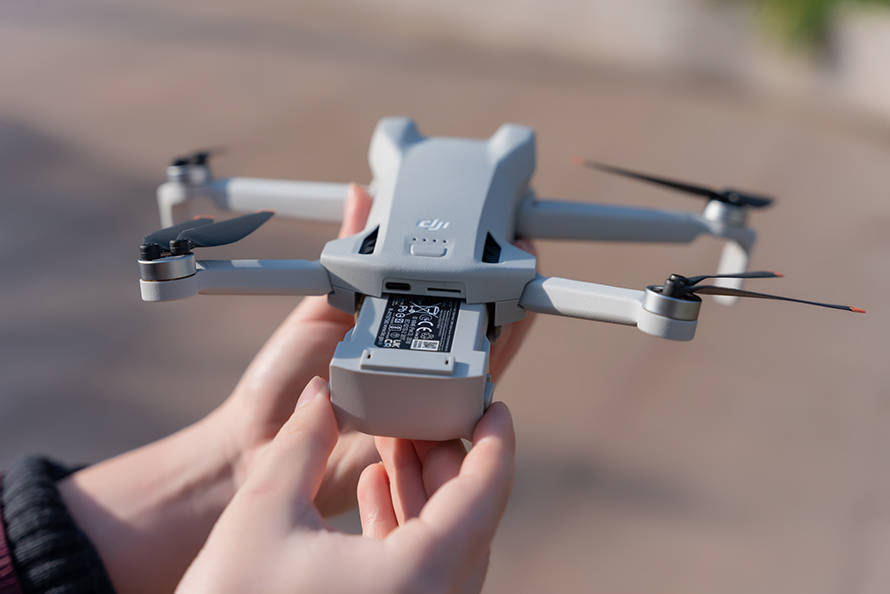Mastering the Path to Your Part 107 Drone License
Securing a Part 107 Drone License is an essential step for anyone looking to operate drones commercially. The Federal Aviation Administration (FAA) sets specific guidelines and regulations that must be adhered to, ensuring safety and proper drone operation in the national airspace system. This guide dives deep into the process of obtaining your Part 107 certification, exam preparation strategies, and actionable tips to help you achieve success.
What is the Part 107 Drone License?
The Part 107 Drone License, officially referred to as the Remote Pilot Certificate, is a requirement established by the FAA for commercial drone pilots operating unmanned aerial systems (UAS) weighing less than 55 lbs. Whether you’re offering aerial photography, surveying land, inspecting infrastructure, or capturing cinematic shots for marketing campaigns, having this license allows you to legally engage in paid drone operations.
Eligibility Criteria
- You must be at least 16 years old.
- Pass the Aeronautical Knowledge Test.
- Understand English sufficiently to read, write, speak, and comprehend instructions.
- No prior aviation experience is necessary, and the license is attainable for beginners and seasoned pilots alike.

Step-by-Step Process: How to Earn Your Part 107 Certification
Step 1: Create a FAA Integrated Airmen Certification and Rating Application (IACRA) account. This online platform is where you’ll apply for your Remote Pilot Certificate.
Step 2: Schedule your test at a certified testing center. The FAA collaborates with testing providers nationwide, making it easy to find a nearby location.
Step 3: Study thoroughly for the Aeronautical Knowledge Test. This exam encompasses airspace classifications, aviation weather knowledge, drone operation regulations, and emergency procedures for UAS.
Essential Study Materials
- FAA’s Remote Pilot – Small UAS Study Guide: Available for free as an official document from the FAA.
- Online prep courses: Many providers offer comprehensive tutorials and sample tests.
- Practice exams: Familiarize yourself with question formats and test-taking strategies.
Step 4: Take the test. The multiple-choice exam consists of 60 questions, with a passing score of 70%.
Step 5: Submit your test results via your IACRA account and complete the application process. A Transportation Security Administration (TSA) background check will follow; once cleared, your license will arrive.
Tips for Passing the Knowledge Test
Be Strategic: Allocate sufficient time to study, focusing on areas like airspace classifications and operational limitations where pitfalls are common.
Simulate Test Environments: Take practice tests under timed conditions to mimic real exam scenarios.
Use Free FAA Resources: Tapping into FAA’s library ensures you’re studying content directly relevant to the exam.
Maintaining Your License
Your Part 107 drone license remains valid for 24 months. Before it expires, you’ll need to retake and pass a recurrent knowledge test to continue operating drones commercially.
Commonly Overlooked Renewal Steps
- Monitoring expiration dates and planning renewal tests well in advance.
- Updating contact information with the FAA.
FAQs
Q: How long does it take to get a Part 107 Drone License?
A: The overall process typically takes 4-6 weeks, including testing, background checks, and receiving the physical certificate.
Q: Can I operate a drone without a license?
A: For recreational use, a license is not required, but commercial operations without a Part 107 license can lead to hefty fines.
Q: What is the cost of the exam?
A: The Aeronautical Knowledge Test costs approximately $175, though additional fees may apply for study materials or prep courses.